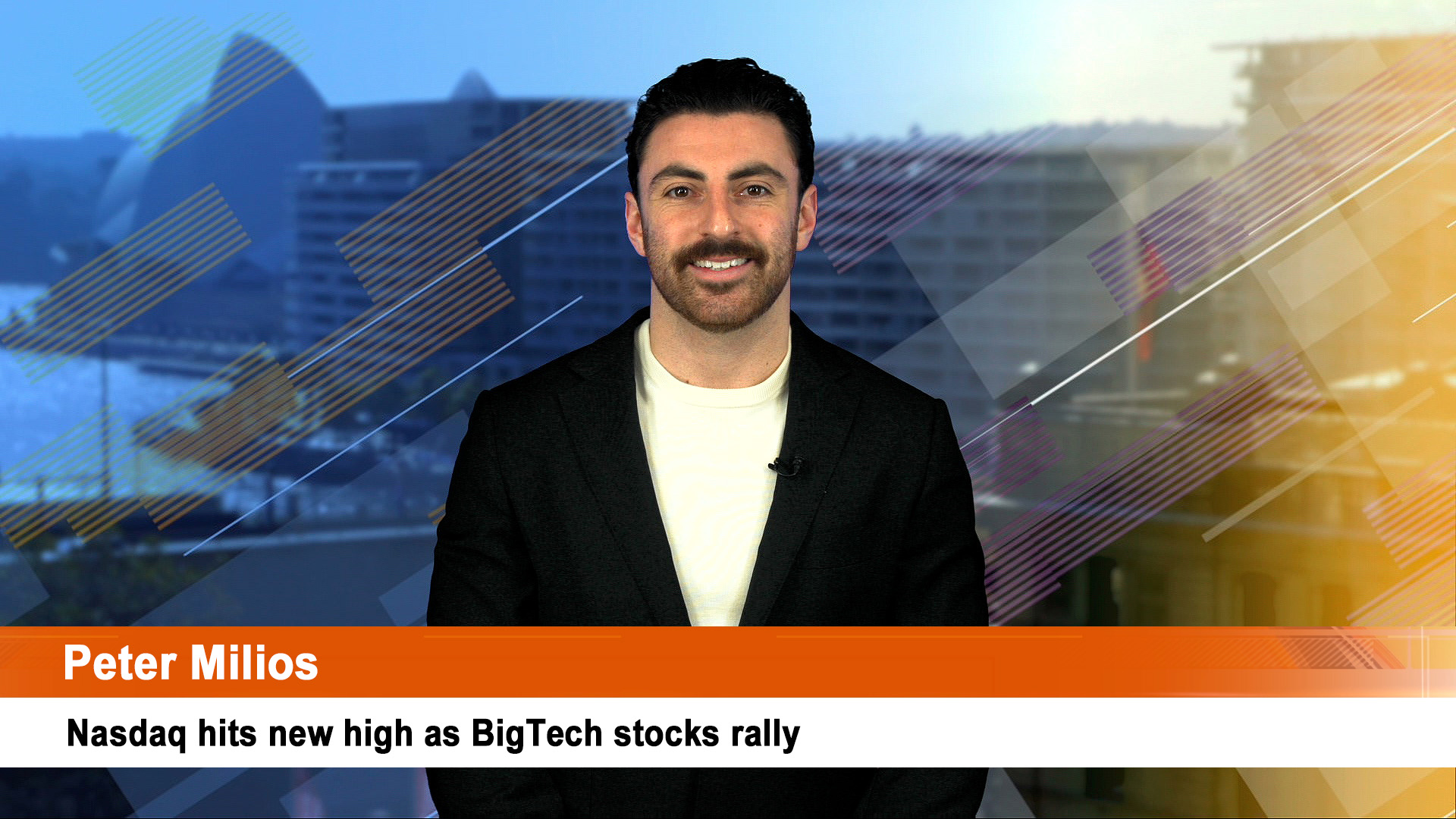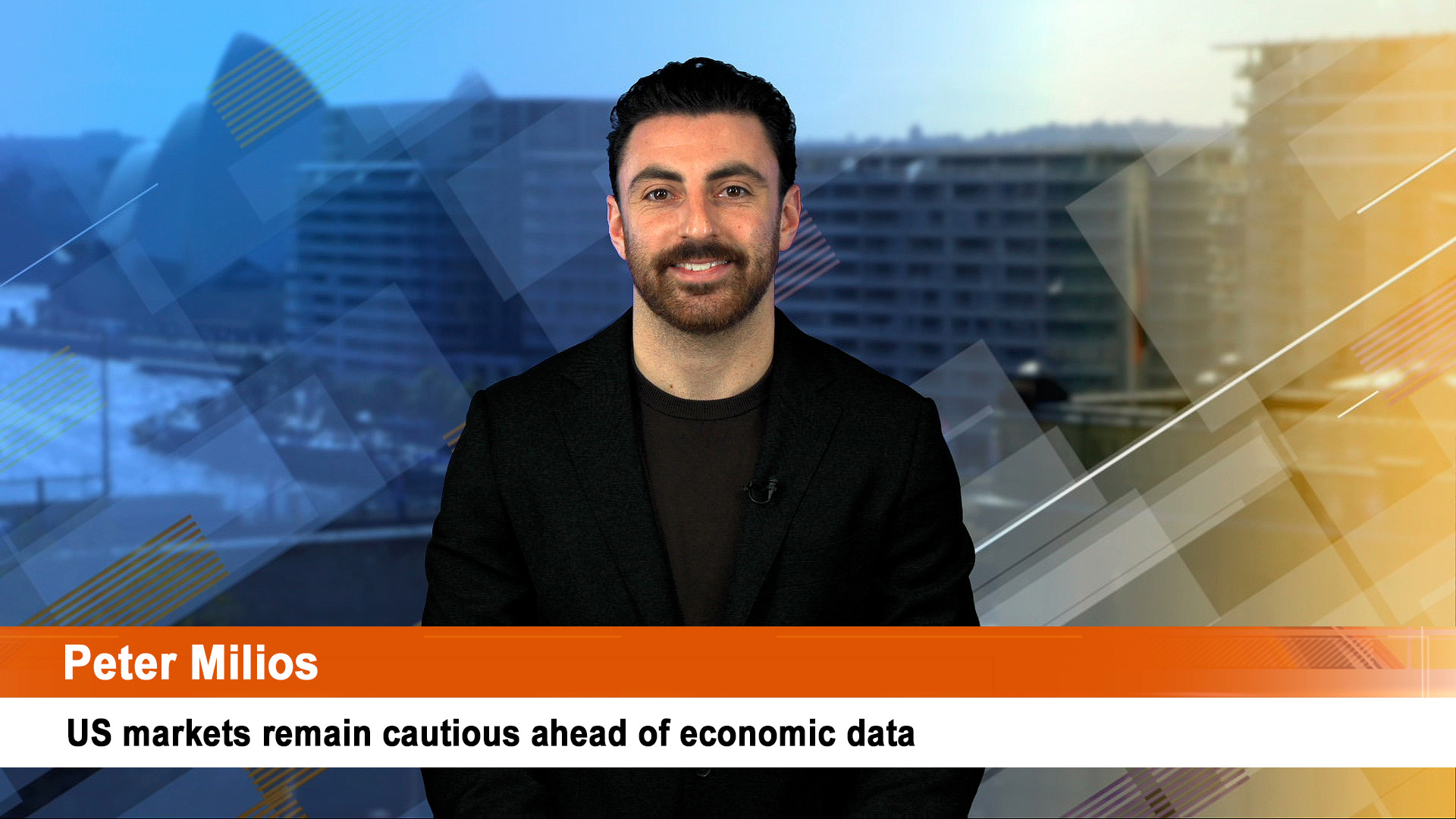Wall Street investors and most American business media made the same mistake in assessing the US Producer Price inflation (PPI) data on Friday – preferring to believe a lowball forecast for an annual rate of 7.2% against the actual outcome of 7.4%, which was sharply lower than October’s 8.1%.
That was the lowest annual rate for more than a year and yet that had no impact on investor thinking which, aided by some economists and silly headlines, saw the reading as being negative when in fact it was a real positive.
Month on month the 0.3% month-over-month rise in November the same as an upwardly revised 0.3% increase in October but above market forecasts of 0.2%.
Core PPI, which excludes food and energy, also topped expectations but in reality fell to an annual rate 6.2% in November from 6.7% in October. The market forecast was 5.9% and yet investors ignored the fact that the core PPI reading was the lowest since June last year.
Tuesday sees the release of the Consumer Price Index for last month with a forecast set at 7.6%, only down slightly from October’s 7.7%. Core inflation is forecast to be 6.2% against 6.3% in October.
Some economists say the sharp falls in the actual PPI reading suggests there could be a lower than forecast CPI reading midweek.
In the case of the PPI, the real story was the way analysts and economist forecasts missed with their estimates.
That negative view saw the Dow shed 305.02 points, or 0.9%, to close at 33,476.46. The S&P 500 tumbled 0.73% to end at 3,934.38, while the Nasdaq Composite fell 0.7% to finish at 11,004.62.
On a weekly basis, the Dow fell 2.77% to post its worst week since September. The S&P tumbled 3.37%, while the Nasdaq dropped 3.99%.
Those big losses for the week help explain the reaction to the PPI for November – investors are back in worrywart mode about the Fed’s meeting this week, the size of the expected interest rate rise at the meeting and forecasts for rates and fears about a recession in 2023.
Investors have been fretting about the continuing inversion in US bond yields where longer-term maturities are lower than the shorter-term maturities and said to signal a recession next year.
That inversion and its signal have taken on the mantle of certainty rather than a suggestion.
At Friday’s close US futures trading suggest a 77% chance the Fed will raise interest rates by 50 basis points this week, with a 23% chance of a 75-basis point hike, with those odds little changed from Thursday.
Wall Street’s negativity spread to Australia’s futures trading on Friday night (Sydney time) and Share price Index futures trading have pencilled in a 35-point slide for the ASX 200 when trading resumes later today.
That was after the index added 37.70 points, or 0.5% on Friday to end at 7,213.2, clawing back some of Thursday’s losses but still leaving the index off 1.2% for the week.













